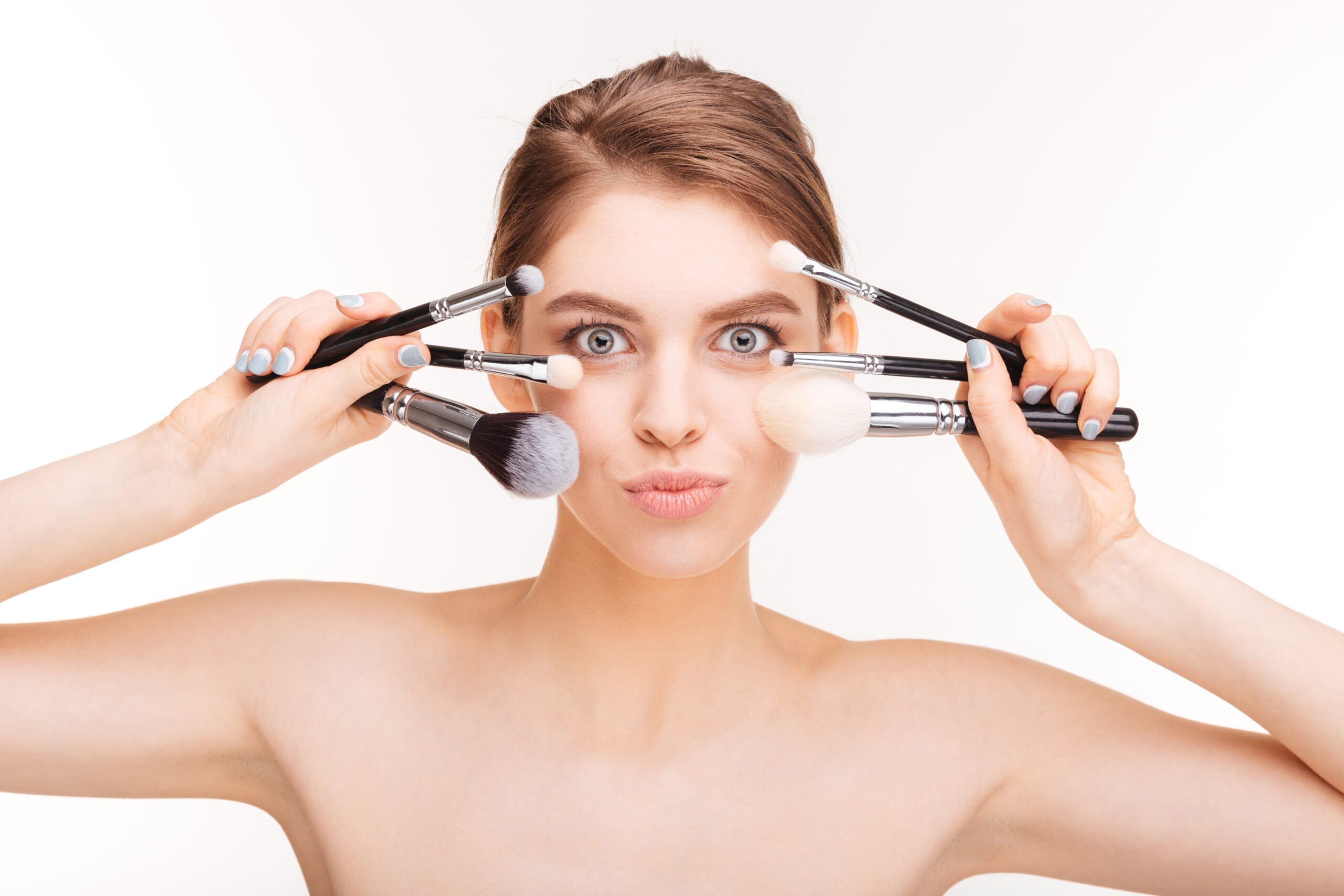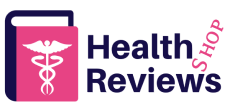Acne is a common skin condition that affects millions of people worldwide. While it’s often associated with teenagers, adult acne is also a significant problem for many individuals. In fact, up to 50% of women and 25% of men experience breakouts well into their adulthood. If you’re one of them, understanding what causes adult acne and how to treat it can be incredibly frustrating. That’s why we’ve put together this guide to help you navigate your way through the complexities of adult acne.

Introduction to Adult Acne and Its Causes
Adult acne is similar to teenage acne in that it occurs when excess oil and dead skin cells clog pores, leading to inflammation and blemishes. However, there are some key differences between the two types of acne. For example, adult acne tends to occur on the lower face, including the jawline and chin, while teenage acne typically appears on the forehead, nose, and cheeks. Additionally, adult acne may be more persistent and resistant to treatment than teenage acne. There are several factors that contribute to adult acne, including hormonal imbalances, stress, genetics, and certain medications. Hormones play a particularly important role in adult acne, as fluctuations in estrogen and testosterone levels can trigger breakouts. Stress can also exacerbate acne by increasing cortisol levels, which can cause an increase in sebum production. Genetics may also predispose some individuals to developing acne, regardless of age. Finally, certain medications, such as steroids and anticonvulsants, can cause acne as a side effect.
Treatment Options for Adult Acne
There are numerous treatment options available for adult acne, ranging from over-the-counter products to prescription medications. Over-the-counter products include cleansers, toners, and lotions that contain ingredients like salicylic acid or benzoyl peroxide, which work to unclog pores and kill bacteria. These products are generally mild and safe for most skin types but may not be sufficient for severe cases of acne. Prescription medications, on the other hand, tend to be stronger and more effective at treating stubborn breakouts. Common prescription drugs used to treat adult acne include retinoids (such as Accutane), antibiotics (like doxycycline), and hormonal therapies (including birth control pills). Laser therapy and chemical peels can also be effective for reducing scarring and improving overall skin tone.
Understanding the Differences Between Teenage and Adult Breakouts
One of the primary differences between teenage and adult acne is the location of the breakouts. As mentioned earlier, adult acne tends to appear on the lower face, whereas teenage acne usually shows up on the forehead, nose, and cheeks. Another difference is the severity of the breakouts. Adult acne can be much more persistent and difficult to treat than teenage acne, possibly due to hormonal changes and other underlying health issues. Additionally, adult acne may be more likely to leave behind permanent scars, making it even more important to seek treatment early on.
Preventing and Managing Adult Acne
While there’s no guaranteed way to prevent adult acne, there are steps you can take to reduce your risk of breaking out. Some strategies include avoiding touching your face, washing your face gently with a mild cleanser twice daily, using noncomedogenic moisturizers and sunscreen, and managing stress through exercise, meditation, or therapy. It’s also essential to see a dermatologist if you suspect you have adult acne, as they can provide personalized recommendations based on your specific skin type and medical history. With proper care and management, adult acne can be treated effectively, leaving you with clearer, smoother skin.
